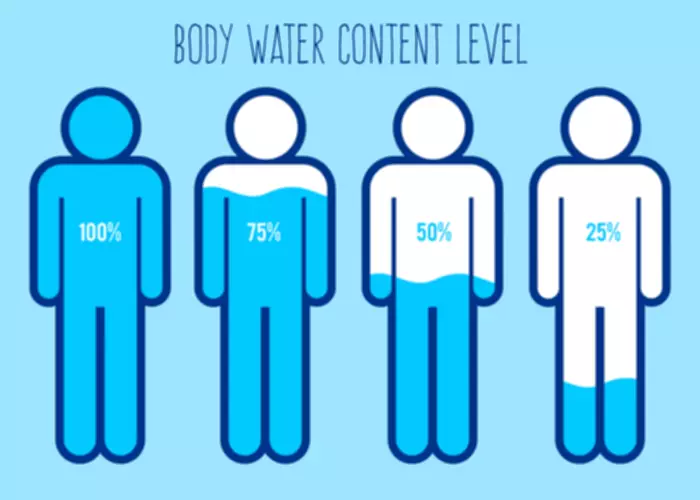
However, the long-term prognosis depends on the severity of the underlying alcohol abuse disorder. The major causes of death in people with alcoholic ketoacidosis are diseases that occur along with the alcoholic ketoacidosis and may have caused it, such as pancreatitis, gastrointestinal bleeding, and alcohol withdrawal. During starvation, there is a decrease in insulin secretion and an increase in the production of counter-regulatory hormones such as glucagon, catecholamines, cortisol, and growth hormone. Hormone-sensitive lipase is normally inhibited by insulin, and, when insulin levels fall, lipolysis is up-regulated, causing release of free fatty acids from peripheral adipose tissue. Alcoholic ketoacidosis most commonly happens in people who have alcohol use disorder and chronically drink a lot of alcohol. But it can happen after an episode of binge drinking in people who do not chronically abuse alcohol.
Alcoholic Ketoacidosis Treatment & Management
- All remaining papers were retrieved and the reference lists hand searched for any additional information sources.
- Alcohol withdrawal, in combination with nausea and vomiting, makes most patients agitated.
- Not eating enough or vomiting can lead to periods of starvation.
- Elevated cortisol levels can increase fatty acid mobilization and ketogenesis.
- Carnitine acyltransferase (CAT) transports free fatty acids into the mitochondria and therefore regulates their entry into the oxidative pathway.
Typically, an alcohol binge leads to vomiting and the cessation of alcohol or food intake for ≥ 24 hours. During this period of starvation, vomiting continues and abdominal pain develops, leading the patient to seek medical attention. Jenkins et al2 suggested that alcohol induced mitochondrial damage might account for AKA.
What Are the Symptoms of Alcoholic Ketoacidosis?
Volume depletion is a strong stimulus to the sympathetic nervous system and is responsible for elevated cortisol and growth hormone levels. Free fatty acids are either oxidized to CO2 or ketone bodies (acetoacetate, hydroxybutyrate, and acetone), or they are esterified to triacylglycerol and phospholipid. Carnitine acyltransferase (CAT) transports free fatty acids into the mitochondria and therefore regulates their entry into the oxidative pathway.
Resolution of ketoacidosis in children with new onset diabetes: Evaluation of various definitions
- Both Wrenn et al6 and Fulop and Hoberman5 found evidence of alcoholic hepatitis to be common, with frequent elevations in serum transaminase activities and bilirubin.
- Fluid resuscitation, carbohydrate administration, and thiamine supplementation are the mainstays of treatment in alcoholic ketoacidosis (AKA).
- Assess for clinical signs of thiamine deficiency (Wernicke-Korsakoff syndrome).
- People who consume a lot of alcohol during one occasion often vomit repeatedly and stop eating.
Insulin therapy and correction of acidosis will cause cellular uptake of potassium. If the potassium level is in the normal range, replacement can start at 10 to 15 mEq potassium per hour. During treatment of DKA, the goal is to maintain serum potassium levels between 4 and 5 mEq per L (4 and 5 mmol per L). If the potassium level is between 3.3 and 5.2 mEq per L (3.3 and 5.2 mmol per L) and urine output is normal, replacement can start at 20 to 30 mEq potassium per hour. If the potassium level is lower than 3.3 mEq per L, insulin should be held and replacement should be started at 20 to 30 mEq potassium per hour.
- Abdominal distension, decreased bowel sounds, ascites, or rebound tenderness occurred rarely and only in the presence of other demonstrable intra‐abdominal pathology such as pancreatitis, severe hepatitis, and sepsis or pneumonia.
- Alcoholic ketoacidosis is attributed to the combined effects of alcohol and starvation on glucose metabolism.
- If your doctor suspects that you’ve developed this condition, they may order additional tests to rule out other possible conditions.
- Specific issues for the adult patient are discussed in more detail below.
- Moreover, volume depletion increases the concentration of counter-regulatory hormones, further stimulating lipolysis and ketogenesis.
Differences in metabolic and hormonal milieu in diabetic- and alcohol-induced ketoacidosis

The low glucose stores combined with lack of food intake cause low blood glucose levels. Without insulin, most cells cannot get energy from the glucose that is in the blood. Cells still need energy to survive, so alcoholic ketoacidosis smell they switch to a back-up mechanism to obtain energy. Fat cells begin breaking down, producing compounds called ketones. Ketones provide some energy to cells but also make the blood too acidic (ketoacidosis).
Intravenous benzodiazepines can be administered based on the risk of seizures from impending alcohol withdrawal. Antiemetics such as ondansetron or metoclopramide may also be given to control nausea and vomiting. All alcoholic patients presenting with acute illness should be offered contact with addiction services prior to or following discharge wherever possible.


If the potassium level is greater than 5.2 mEq per L, insulin therapy without potassium replacement should be initiated, and serum potassium levels should be checked every two hours. Clinical trials are lacking to determine which is best, although in the face of phosphate depletion, potassium phosphate is used. Doctors base the diagnosis on the characteristic symptoms and their relation to alcohol abuse combined with laboratory test results that show increased amounts of ketones and acid in the bloodstream but normal or low blood glucose levels. Often, blood alcohol levels are no longer elevated when patients present with alcoholic ketoacidosis.

Appropriately evaluate the patient for any life-threatening complications before a transfer is considered. With timely and aggressive intervention, the prognosis for a patient with AKA is good. The long-term prognosis for the patient is influenced more strongly by recovery from alcoholism.

FLUID REPLACEMENT
Group meetings provide support for people trying to quit drinking. Meetings are widely available at little-to-no cost in most communities. Support groups can be a valuable source of support and can be combined with medication and therapy. Note information about the patient’s social situation and the presence of intoxicating agents besides alcohol.

